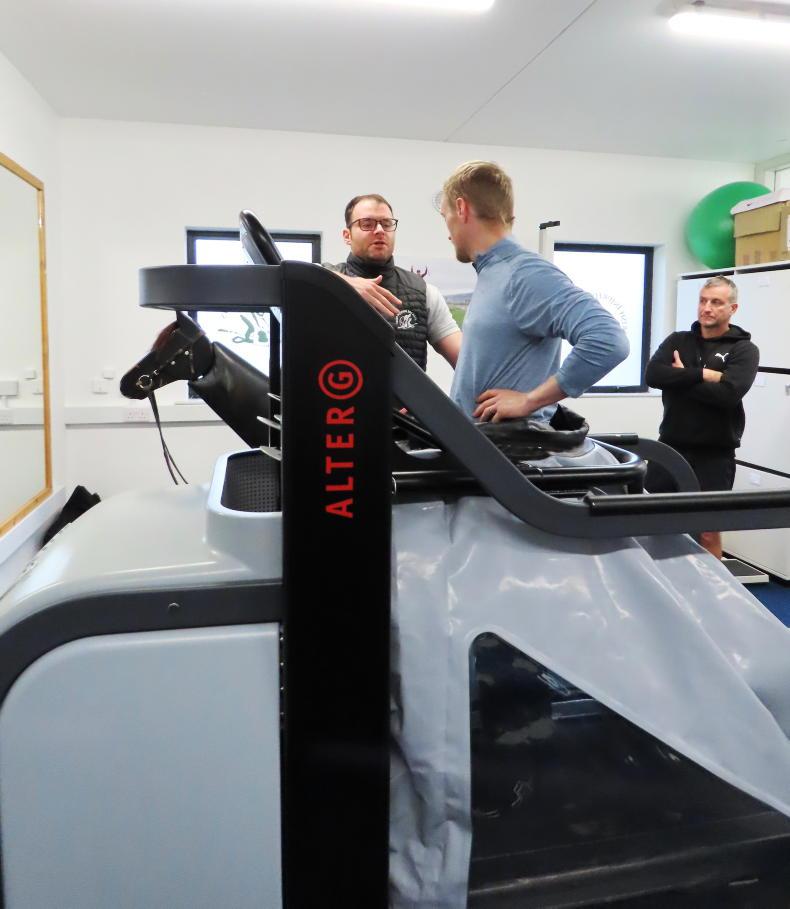WALKING is simple and free, and it nourishes us physically and emotionally, cultivating our sense of awareness and wellbeing.
Discover how walking helps to increase energy levels, improve physical health, reconnect with nature and reduce stress.
Walking meditation has a long tradition within Buddhist practice as a way to develop mindfulness, and is now included in mindfulness-based programmes used in many areas, from reduction of stress and depression, to organisational psychology, and in schools and prisons.
The essence of walking is to use the sensations that arise in our feet as we walk slowly to focus attention, very much like we use our breath in sitting meditation practice. This moment by moment attention to the sensations of the moment offers a place for us to return to when our mind is distracted.
The practice
Ideally, find a quiet place where you will not be disturbed. This can be indoors or outdoors, and you may like to remove your shoes.
Find two points on the ground, about three yards (10 metres) apart, and stand on one of the points. When you are ready, focus your attention on your body sensations in this standing position. Allow your body to be upright, with your eyes looking ahead. Then, as best you can, let go of any tension in your body and breathe freely.
Guide your awareness down through the body and into the soles of your feet. Notice the sensations of contact with the ground. Maybe try rocking gently, forwards and backwards or side to side, and really notice how this impacts on your feet. Very slowly, take one foot off the ground and slowly place it in front of you.
Take very small steps and track the sensations you feel in the soles of your feet until you reach the second point. It can be helpful to stand still for a while before turning and walking back.
During this time your mind will likely wander off into all kinds of places, but this will allow you to notice these movements of the mind and to purposefully return your awareness to the sensations in the soles of your feet.
Counting steps
A method that you may find helpful for keeping your attention focused is to count in your head each time you take a step. When you reach 10 you can start again. If you notice your mind wandering, and you are no longer aware of the sensations in your feet, pause, be happy to have noticed your errant mind, and start to count again.
If you choose to use this method of counting, it is important to make it as subtle as possible, so that you are most aware of the sensations in your feet and not just focused with the mental process of counting. Stay really attentive to the sensations as your foot touches the floor.
Broaden awareness
For this walking mediation practice, rather than just focusing in a narrow way on the sensations in your feet, awareness is expanded to take in the whole body as it moves. You begin to notice that awareness can be shifted from object to object, as well as broadened and narrowed.
It can be helpful to start with the more focused practice (sensations of feet on the ground) before broadening it to take in the whole body, noticing the different sensations that arise and pass away as your body moves. In time you might want to notice what happens to your awareness as you speed up, or slow down.
Beyond the body, awareness can be expanded into what you can see, hear and smell as you walk, noticing how the environment around you is sensed by your body. This can include things like the warmth of the sun, wind against your skin, or the sounds of the sea, birds or even cars.
Keep in mind the words of Thich Nhat Hanh. He wrote: “The mind can go in a thousand directions, but on this beautiful path I walk in peace. With each step the wind blows. With each step a flower blooms.”
Walking and silence
GOING for a walk with other people can be an enjoyable, and connecting, experience. Walking often facilitates conversation.
Talking can also keep us engaged with our thoughts, whether this is reflecting on what the other person has just said, or thinking about what our response will be. This may conjure up memories, images and ideas.
With this going on, we may notice less of what is going on around us, in our bodies, and be less connected with the present moment.
When it comes to mindfulness, or mindful walking, times of silence can be hugely beneficial. This does not mean being alone. You may know someone who is quite happy to drip into silence when out for a walk. Strangely, this can lead to more of a connection with the other person.
Walking alone, if you feel confident and safe to do so, is also a great option for a mindful walk. In company, there is pleasure in sharing the experience, commenting on the beauty of the surrounding landscape. These experiences are no less special when you are alone, and can often be deeper and more enriching.
Silence can become a container for our awareness, helping us to stay in touch with the present moment.


 This is a subscriber-only article
This is a subscriber-only article
 It looks like you're browsing in private mode
It looks like you're browsing in private mode









SHARING OPTIONS: